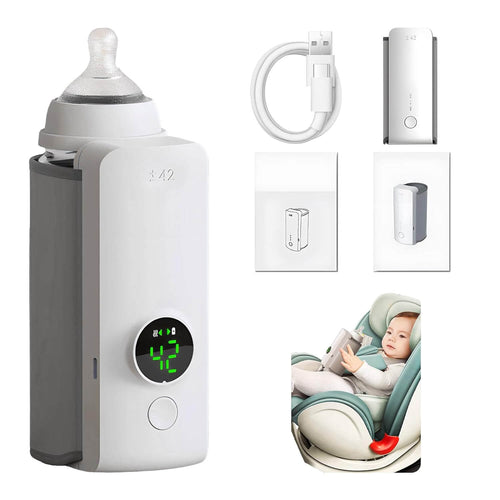
Breastfeeding and Husband: Support, Bonding & Shared Parenting
Breastfeeding is a team effort. This guide shows husbands/partners how to help—night routines, skin-to-skin, bottle & pumping plans, mental-load sharing, and bonding activities—so everyone rests better and feels more connected.
Why partner support matters
Babies feed often, especially in the first 6–8 weeks. When a husband/partner handles logistics—soothing, burping, diapers, chores—mom can feed more comfortably and rest between sessions. Support also reduces stress and helps parents bond with the baby and each other.
Clear roles for nights & days
| Task | Husband/Partner | Mom/Nursing parent |
|---|---|---|
| Night wake-ups | Change diaper, bring baby, manage burp & resettle | Latch/feeding; signal when done |
| Session setup | Water, snack, pillows, dim light; track time | Feed/pump comfortably |
| After-feed tasks | Rinse parts, label bottles, log session | Rest & recover |
| Morning reset | Start laundry, prep cooler/bags for day | Shower, stretch, short nap if possible |
Overnight “two-block” model
- Block A (evening–1am): Partner on call for diapers/soothing; mom feeds.
- Block B (1–6am): Swap primary responder so each adult gets a longer sleep window.
Bonding ideas for husbands/partners
- Skin-to-skin: Hold baby on your chest after feeds or before bedtime.
- Burp & soothe: Upright burping, gentle sway, white-noise walk.
- Bath & bedtime: Make a calm routine you lead 3–4 nights/week.
- Babywearing: Walks hands-free (wrap/SSC) while mom rests.
- Reading & songs: Pick “your” book and lullaby; repeat builds attachment.
Pumping & bottle plan (without sabotaging latch)
Many families introduce a bottle of expressed milk once breastfeeding is going more smoothly (often after the early weeks). Check with your clinician/IBCLC for timing that fits your situation.
- Choose your gear: A comfortable pump + correct flange size (mm) improves output.
- Pick a time: Add a short pump at a consistent time (e.g., morning after a good feed).
- Offer paced bottle feeds: Hold baby semi-upright; frequent pauses; let baby lead.
- Partner’s job: Handle bottle washing/labels, prep cooler, track what worked.

Sharing the mental load & housework
- Own a lane: Partner fully owns bottles/parts (wash, dry, reassemble, restock).
- Kitchen reset: Partner closes the kitchen at night; mom rests.
- Inbox of life: Appointments, returns, groceries—split and calendarize.
- Visitors: Partner is gatekeeper; prioritize sleep and feeding windows.
Self-care & communication scripts
- Script (partner → mom): “I’ve got burping and cleanup—do you want water or a snack?”
- Script (mom → partner): “I’m feeling touched-out. Could you do the next diaper and resettle?”
- Micro-breaks: 10-minute solo walk/shower; trade breaks daily.
- Comfort between sessions: Some parents use silver nursing cups between feeds—remove before nursing or pumping.
Safe milk storage (quick chart)
- Fresh milk: Room ≤77°F (25°C) up to 4 hours · Refrigerator up to 4 days · Freezer ~6 months best (≤12 months acceptable).
- Thawed (in fridge): Use within 24 hours; don’t refreeze; avoid microwaving.
- On the go: In an insulated cooler with frozen ice packs, milk typically stays cold for up to ~24 hours; transfer at destination.
FAQ
What if the baby refuses a bottle from dad?
Try paced feeding, switch caregivers/rooms, offer when baby is calm (not starving), and test different nipple flows. An IBCLC can tailor tips.
How can a husband help at night if not nursing?
Own diaper/burp/resettle, manage water/snacks, log sessions, and take the early or late “block” so mom gets a solid sleep window.
Is supplementing with formula okay?
Many families combo-feed at some point. Discuss amounts/timing with your pediatric clinician so growth and supply goals stay on track.
When should we introduce a bottle?
Once breastfeeding is going more smoothly in the early weeks, some introduce a daily bottle of expressed milk. Your clinician/IBCLC can advise based on latch, weight gain, and goals.


